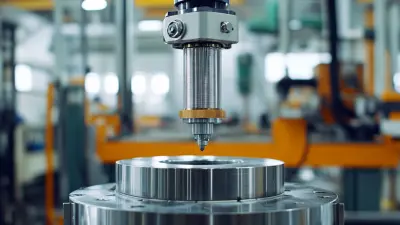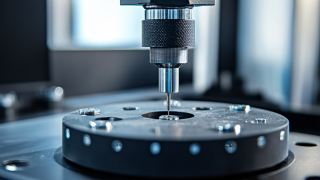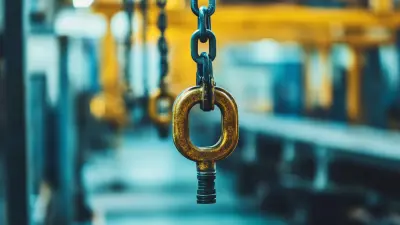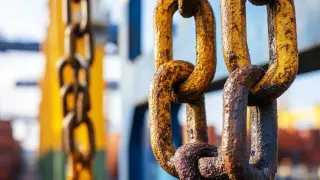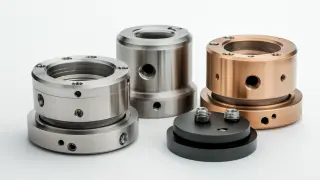 info@loadcellsensor.com
info@loadcellsensor.com 
-
Home
-
Products
-
News
-
About Us
-
Contact Us
Leave Your Message
-
 CONTACT LCS TECH
CONTACT LCS TECH -
 CONTACT LCS TECH
CONTACT LCS TECH



Load Cells are one of the most critical facets of precision and reliability within the realm of industrial measurement and automation. Global expansion means that quality Load Cells are now of utmost importance. Technology is developing so rapidly that it is important for companies to understand the finer details of selecting Load Cells suited to their specific applications. The discussion will, in fact, try to outline five basic criteria that every industry must have when sourcing Load Cells anywhere globally for the purposes of ensuring optimal performance and quality assurance.
Here at LCS Tech Co., Ltd, we pride ourselves on launching ourselves into the higher echelons of strain gauge technology. Since 2012, our sole intent has been to provide the finest Load Cells, force sensors, and torque transducers available to substantiate the claim "Made in China" for Load Cells. With trust in over 40 countries, we know global sourcing well and have a very clear idea about Load Cells that comply with international standards and specifications. Come and join us as we look into major factors that influence your decision in Load Cell sourcing for business requirements.
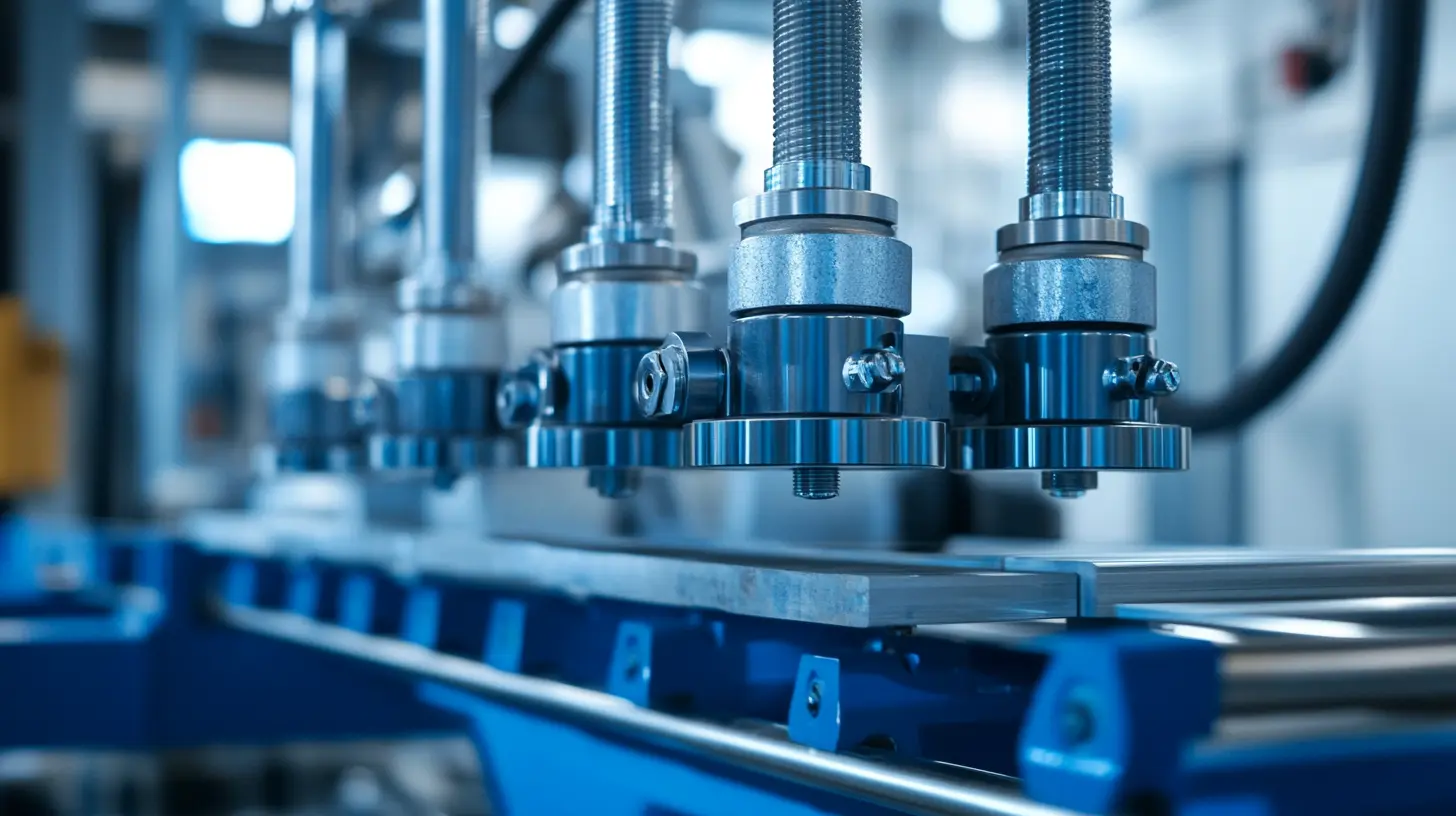
When sourcing load cells globally, it is of utmost importance to review the key specifications that contribute to their performance and reliability in a variety of applications. Load capacity is one of the first specifications that must be considered; it is defined as the maximum weight the load cell can measure. Consider the specific needs of your application, which will then allow you to select a load cell rated for the expected loading without compromising on accuracy. Another important specification to consider is the load cell's accuracy, usually given in percentage of full-scale output. High accuracy is important, especially when dealing with applications where precision is critical, such as medical or industrial. In addition, the environment that the load cell will work in must be evaluated, such as exposure to temperature differences, humidity, or chemicals. Selecting a load cell with relevant ingress protection ratings and materials should increase its durability and life span. Lastly, consider if the signal output type is analog or digital. The final choice will then depend on the data acquisition and processing systems. Smooth and effective integration with the existing technologies is a deciding factor for loading cells, and it can change when selecting sources. Carrying out these considerations will allow you to make a more informed choice during the global sourcing of load cells, aligning with operational inputs and industry standards.
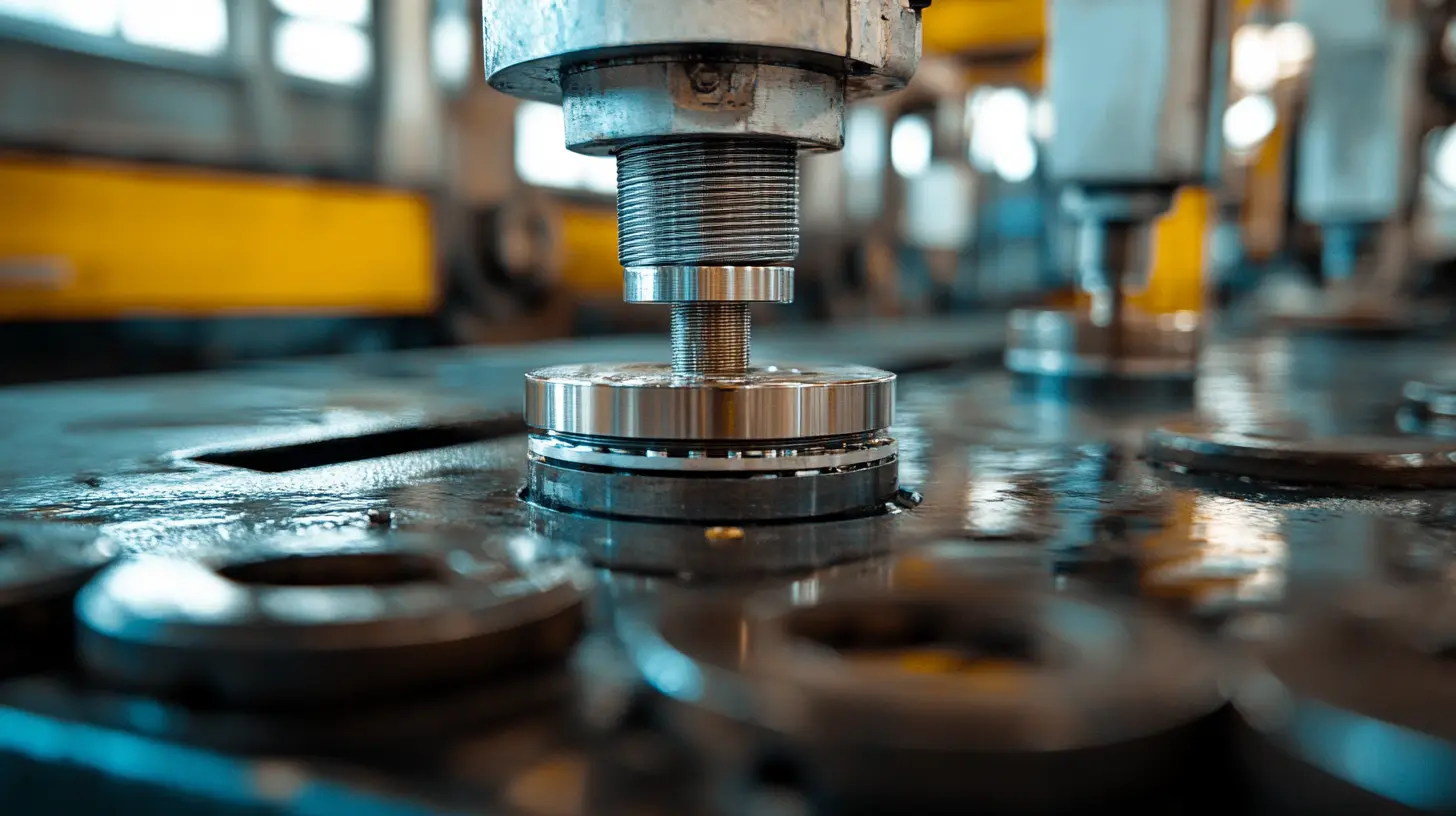
Thus, compliance and certification standards add to ensuring a quality product how reliable and true load cells are. Load cells are the crucial links in almost all industries, from manufacturing, fabrication, or even health care. Performance is directly proportional to operational efficiency. The report from MarketsandMarkets predicts that the global load cell market will grow to $1.15 billion by 2025, indicating the increasing dependence on accurate measurement technologies across sectors.
Compliance requirements differ across various regions. In North America, the National Institute of Standards and Technology provides fairly specific guidelines for load cell specifications, whereas Europe has the OIML (International Organization of Legal Metrology) compliance requirements. These standards may also require a manufacturer to prove compliance with ISO 50001, i. e., energy management system certification, ISO 9001 quality management system certification, or other norms. Because these globally accepted certifications indicate more than the safety of the product, it also widens marketability.
Ignoring these requirements costs a lot. The IEC revealed that, based on research, some companies that didn't follow that path regarding product certification had seen their operational costs go up by almost 30% due to product nonconformance and loss of customer trust. This means that load cells should be in compliance to remain competitive in the global market.
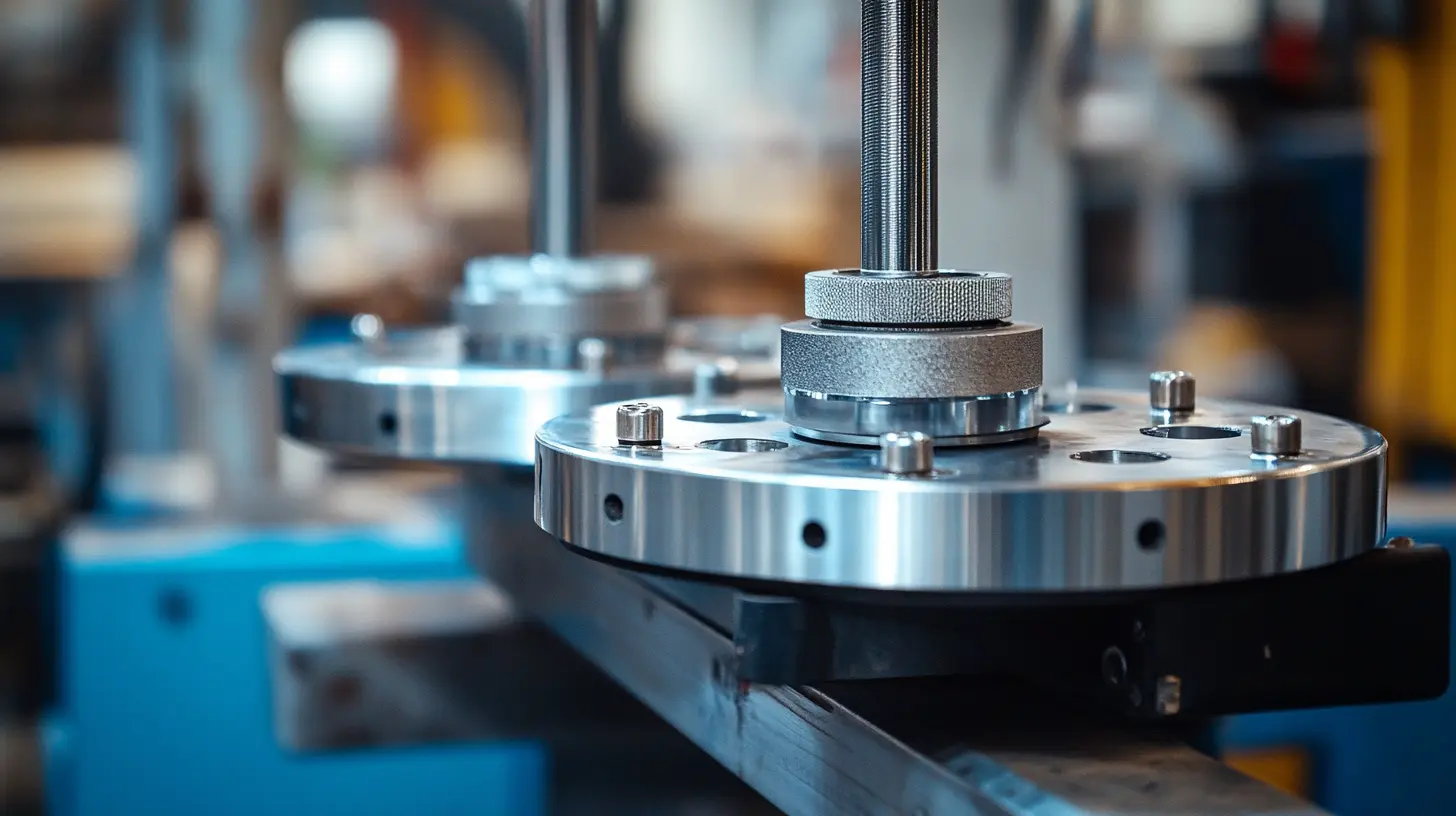
If you are going to import load cells from abroad, then the most important factor to consider is which technology is suitable for your needs. Load cells are valuable in multiple arenas: from industrial weighing systems to medical loads. With knowledge of the different load cell types - strain gauge, piezoelectric, and hydraulic - it is easier to source what suits your needs well. Every technology possesses distinctive features, advantages, and demerits that should compare against operational demand, making it easy for you to make an informed decision.
A good example is strain gauge load cells, which are quite popular among users for their accuracy as well as load range. These load cells primarily base their measures on the physical deformation caused by the load on a material, making them most appropriate for highly accurate applications. Conversely, piezoelectric load cells react really fast to changing forces and can even record the flex of an object, thus making them most applicable where real-time readings and monitoring are demanded. It involves looking at the entire load cell - the kind of technology that it employs - as well as the specific environmental conditions like temperature, relative humidity and possible contact with corrosive materials.
Also, think about the capacity and the sensitivity of the load cell. Each application might indicate high load limits and the smallest changes the load cell can sense during operation. Knowing these will help you, for example, when determining the most suitable load cell for your application, which will ultimately give a reliable and accurate measure in your works. This careful approach to the selection of the technology used will eventually contribute to the achievement of your project as well as efficiency in its delivery. In due course, this will pave the way for better performances and results.
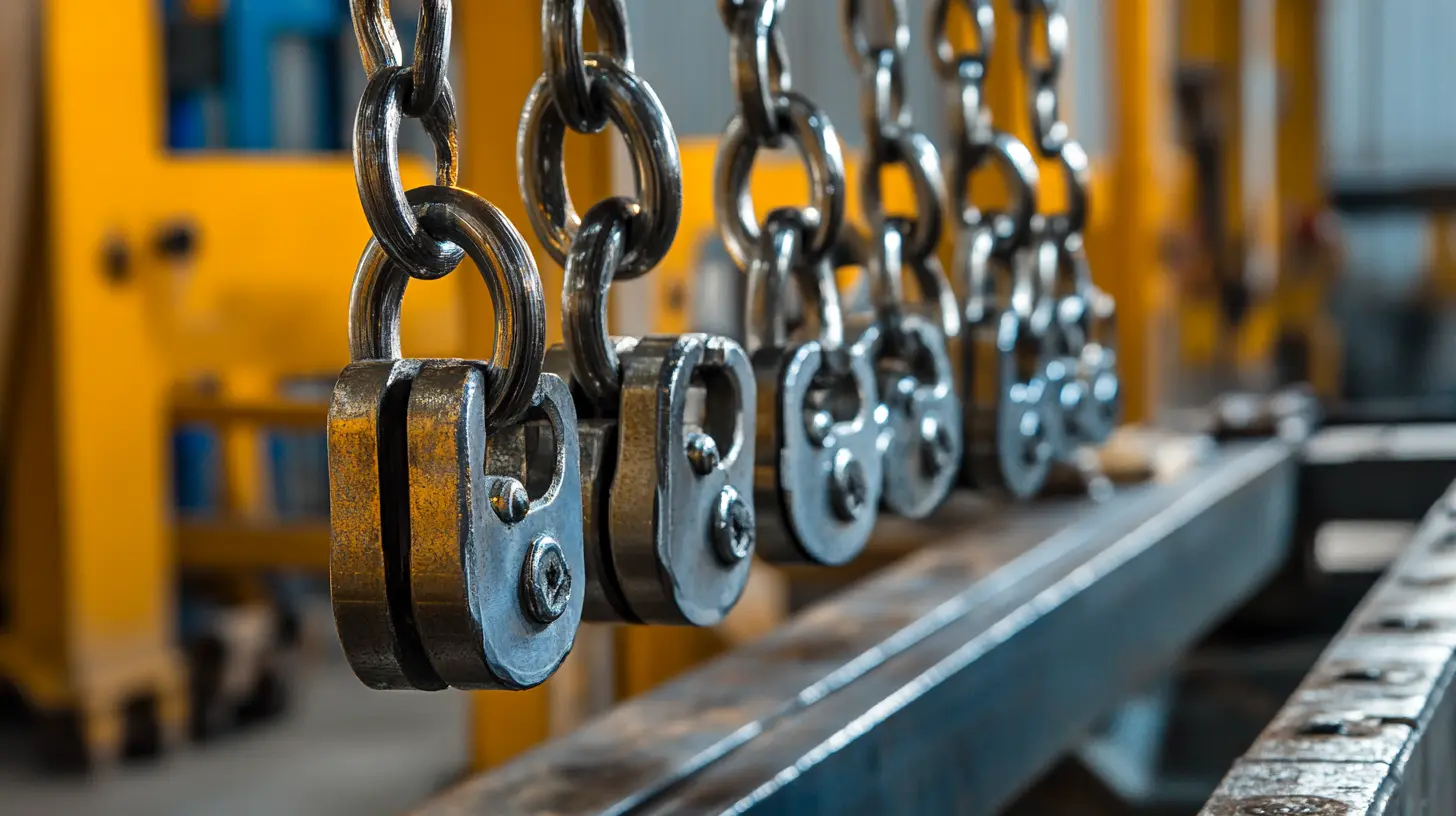
These two aspects make them use supply bases in the whole globe. Reputation and credibility are perhaps the most critical factors in sourcing load cells globally, particularly in order to ensure the successful passage of one operation stage to the next. A reputation speaks for itself, becoming an indicator of the supplier's profile in providing quality products and services in the industry of precision measurement. Doing extensive research on prospects before signing an agreement is a must. Want to read reviews, case studies, or testimonials from previous customers sharing their experiences? A sound reputation translates to quality load cells that are less likely to cause abnormal problems in operations or they have met your exacting requirements.
Also, consider the reliability part that goes along with the evaluation of the supplier's reputation. The reliability of a supplier can be evaluated on the basis of their timeliness performance, responsiveness to inquiries, and consistency in the quality of deliveries over time. However, direct engagement with potential suppliers through effective communication is also an important activity in understanding their operational processes and their customer approach. Inquiring about quality protocols, testing methods, and warranties will further reveal how they take their commitments. Choose a reliable supplier if you want your project completed on time and would like to have a long relationship of trust and mutual respect.
These allow them to use their supply bases all over the globe. Reputation and reliability are perhaps two of the most important factors in sourcing load cells across the world for the successful passage of one stage of operations to the next. Reputation describes the profile of a supplier regarding the quality of products and services it provides in the precision measurement industry. Before you sign an agreement, there should be extensive research into the prospects. Want to read reviews, case studies, or testimonials from previous customers sharing their experiences? A sound reputation translates into quality load cells that are less likely to cause abnormal problems in operations or they met your exacting requirements.
Also, consider the reliability part that goes along with the evaluation of the supplier's reputation. The reliability of a supplier can be evaluated on the basis of their timeliness performance, responsiveness to inquiries, and consistency in the quality of deliveries over time. However, direct engagement with potential suppliers through effective communication is also an important activity in understanding their operational processes and their customer approach. For example, find out what quality protocols, testing methods, and warranties they have, and this will give you a further idea of how seriously they take their commitments. Choose a reliable supplier if you wish your project to be completed on time and let a long-term relationship of trust and mutual respect be built.
Cost considerations must be taken into account when sourcing load cells around the world, as lower prices give a competitive edge among suppliers. The global load cell market is projected to expand from $2.2 billion in 2021 to $3.1 billion by 2026. The cost components alone can be a source of influence on the purchasing decisions. The price of load cells is influenced by several parameters like the material, technology used, and manufacturing processes, in addition to the geographical sourcing of the product.
The major cost implication includes the raw materials that go into production for load cell. As per Research and Markets, prices of other materials, like aluminum and stainless steel, used for loading cells, fluctuated and had impacts on the prices of load cells in total. The imposition of modern technologies like digital signal processing into load cells also requires heavy initial investments because they have a tendency of creating reasonably good long-run savings, enhanced levels of accuracy, and lesser maintenance.
Shipping tariffs and transport constitute the other important factors in the final cost of load cells sourced from different continents. These shipping expenses vary dramatically from one country to another depending on where it is shipped from and to, thus the costs for a company to import load cells are considerable. Revised terms of international trade agreements, as outlined by the World Trade Organization, indicate that tariffs on electronics are also drivers of sourcing strategies. It also is apparent that manufacturers can manipulate technology raw-material costs, and logistics to arrive at informed decisions considering their budgets but not sacrificing the quality found in their sourcing endeavors for load cells.
When considering sourcing load cells on a global scale, the logistics and supply chain challenges need to be borne in mind. The global arena has experienced upheavals due to geopolitical tensions and trade protectionism, particularly since recent statements carried announcements from leaders of the industry asking for collaborative efforts to counter such challenges. The newest report by the China Logistics and Purchasing Association states lethargically that industries across the globe must adapt and innovate even faster due to pressures exerted by regulations like the U.S. 301 investigation, which enacts detrimental restrictions on sectors including logistics and maritime transport.
While this joint effort is found wanting, conferences such as the 2025 International Conference on Automotive Logistics will add impetus to the efforts in better integration of automotive logistics in countries globally while developing resilient and efficient logistical frameworks. These aforementioned conferences will garner the insights and expert strategies needed to tackle some of these common challenges, thereby reinforcing the significance of overcoming logistical challenges in the successful international procurement process. The 2024 Global Supply Chain Risk Report identified geopolitical instability as an essential risk factor, with calls made for corporations to start contingency planning which would enable them to mitigate the disruptions in their supply chains.
Comparison shopping, before buying from global suppliers, has also turned into post-purchase support in itself which warrants consideration of the criteria under terms of warranty in the process of decision making. Since load cells are used in a variety of applications, their reliability affects the safety and efficiency of operations. Hence, it is imperative to know the kind of support you are going to get after purchase. Hence customers must search for suppliers who provide a very comprehensive customer service function including technical assistance and troubleshooting to mitigate issues during installation or operation. Suppliers with strong after sales support assure you to get a quick solution on any performance issues, and that increases productivity by reducing downtime.
A similar proportion is even about general warranties provided on load cells. Usually, a strong warranty is indicative of both the manufacturer's confidence in their product and, of course, relief to you. Key features such as parts and labor should be part of the warranty in addition to a reasonable duration. Some manufacturers may even have extended warranty programs, which add extra protection. This can particularly count when purchasing quality load cells for demanding applications. The post-purchase support and even the vigorous warranty agreement keep your investment safe and your load cell supplier in a long-term winning engagement.
When it comes to global sourcing of load cells, one of the major challenges is cultural and language barriers. These cause misunderstandings that not only interfere with contract negotiations but also compromise the quality and reliability of sourced products. For instance, the company's technical specifications might be misinterpreted as a result of inadequate communication; thus, load cells are ordered not meeting the prescribed customer's need. It is therefore very imperative for any organization to develop a strategy to improve their effective communication so that they can bridge such gaps.
Technology solutions have also done a magnificent job in improving and overcoming barriers. With companies now rolling out AI-powered search engines like Alibaba's recent entry into AI search, one can already have access to state-of-the-art translation and contextual understanding, which enable businesses to have more productive interactions with overseas suppliers. These tools, therefore, help a company ensure that its needs are conveyed and interpreted, minimizing their opportunities for unpleasant and costly errors.
Also, understanding cultural nuances is necessary for successful sourcing on a global scale. Different regions may have their own ways of going about business negotiation, ethics, and partnerships. Taking cognizance and respecting those fundamental differences creates trust and is indispensable in future collaborations. Such factors will then contribute toward the creation of a strong supplier relationship. These will, however, remain some of the challenges to the smooth and efficient procurement process when sourcing globally.
Supplier reputation reflects their track record in delivering quality products and services, which is essential in the precision measurement industry.
Reliability can be assessed by a supplier's history of on-time deliveries, responsiveness to communication, and the consistency of their product quality.
Look for reviews that highlight the supplier's quality of products, adherence to industry standards, and overall customer experience.
Important cost components include material quality, technology used, manufacturing processes, and the geographical sourcing location.
Fluctuations in raw material prices, such as aluminum and stainless steel, can significantly influence the overall cost of load cells.
Post-purchase support is crucial as it includes technical assistance and troubleshooting, which helps minimize downtime and enhance operational efficiency.
Look for warranties that cover a reasonable duration and include essential elements such as parts and labor to ensure peace of mind with your investment.
Shipping expenses and tariffs can vary based on the country of origin and destination, significantly impacting the final pricing of sourced load cells.
Advanced technologies, such as digital signal processing, may result in higher initial investments but can lead to long-term savings through improved accuracy and reduced maintenance.
Direct communication can provide insights into a supplier's operational processes, quality assurance protocols, and their commitment to customer service.

